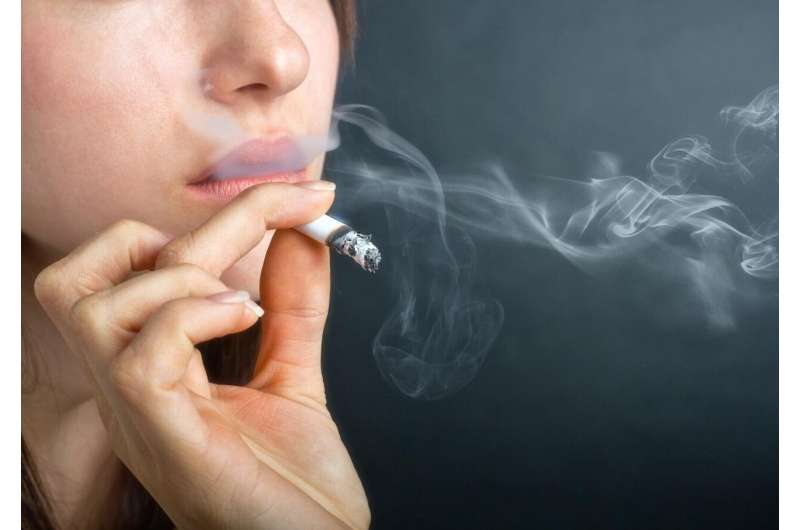
A new paper published online in the Annals of the American Thoracic Society discusses how smoking may affect risk for COVID-19 and the types of research that are needed to better understand the link between smoking and COVID-19 risk.
In “Smoking and COVID-19: The Real Deal,” Enid Neptune, MD, and Michelle N. Eakin, Ph.D., of the Division of Pulmonary and Critical Care Medicine, Johns Hopkins University, discuss research to date on this topic and propose areas of research that can help clarify this relationship.
Studies have shown that current smokers with COVID-19 have twice the risk of dying in the hospital as nonsmokers. However, the data on whether tobacco use increases the risk of SARS-CoV-2 infection is mixed.
“The relationship between smoking and COVID-19 is complex, and much of the research to date has been inconclusive or contradictory,” said Dr. Neptune. “To resolve this issue, rigorous study design is needed. This research should accurately confirm smoking exposure, with readouts that distinguish infection from sickness and provide an objective assessment of confounding factors.”
Dr. Neptune adds that a significant amount of research has focused on whether smoking has an effect on lung ACE2, a protein that provides an entry point for SARS-CoV-2 (the virus that causes COVID-19) to attach itself to cells inside the airways and airspace of the lungs. “The use of ACE2 expression as a quantifiable index of SARS-CoV-2 infectivity and morbidity is highly problematic,” she said. “A strenuous exploration of how and whether tobacco smoke and nicotine affect SARS-CoV-2 infectivity or viral load (amount of virus) is needed to provide context to the ACE2 expression data.”
According to Drs. Neptune and Eakin, the following topics should also be addressed in future research:
- Airway/Airspace Injury (Direct Toxic Effects). It will be especially important to describe the effects of tobacco smoke on nasal tissue (epithelium), as the nose is the primary entry point for SARS-CoV-2 and little research has been done on smoke’s effects on this part of the anatomy. The researchers believe advanced preclinical and in vitro (“in the laboratory”) models of smoking plus SARS-CoV-2 infection will provide the most reliable answers to this question.
- Inflammation Profile That Supports Viral Pathogenesis. Another important research question is whether smoking compromises the body’s inflammatory response to viruses or contributes to an inability to regulate these responses. Researchers have previously shown that smoking affects the body’s ability to respond to many respiratory viruses; we need to know more about whether this holds true for SARS-CoV-2.
- Disturbances in RAS Signaling. Renin Angiotensin Signaling (RAS) proteins control intracellular signaling pathways that impact lung health. There is some evidence that disruption of conventional RAS signaling protects against lung injury from cigarette smoking in chronic obstructive pulmonary disease (COPD), which is associated with improved COPD outcomes, but we do not know whether this also holds true for COVID-19.
Measurements of the activity of RAS processing enzymes and the proteins produced by this activity in smoking and non-smoking COVID patients would provide some guidance for pilot therapeutic studies.
- Nicotine Signaling and SARS-CoV-2 Infection. Some research has shown that nicotine exposure and nicotine signaling (within the brain) may reduce SARS-CoV-2 infection and illness. The effects of nicotine should be studied, in addition to studying smoking, since nicotine-delivering e-cigarettes are now so widely used. This research should be done very cautiously, because nicotine dependence has major public health consequences.
“There are several other areas of smoking-COVID research that might be explored, beyond those discussed in our paper,” Dr. Neptune said. These include:
- Whether the stress of life during the pandemic has led to increased use of tobacco for self-medication;
- If hospitalization for COVID-19 helps smokers quit;
- Whether altered taste and smell due to COVID-19 reduce the desire to smoke.
Source: Read Full Article
